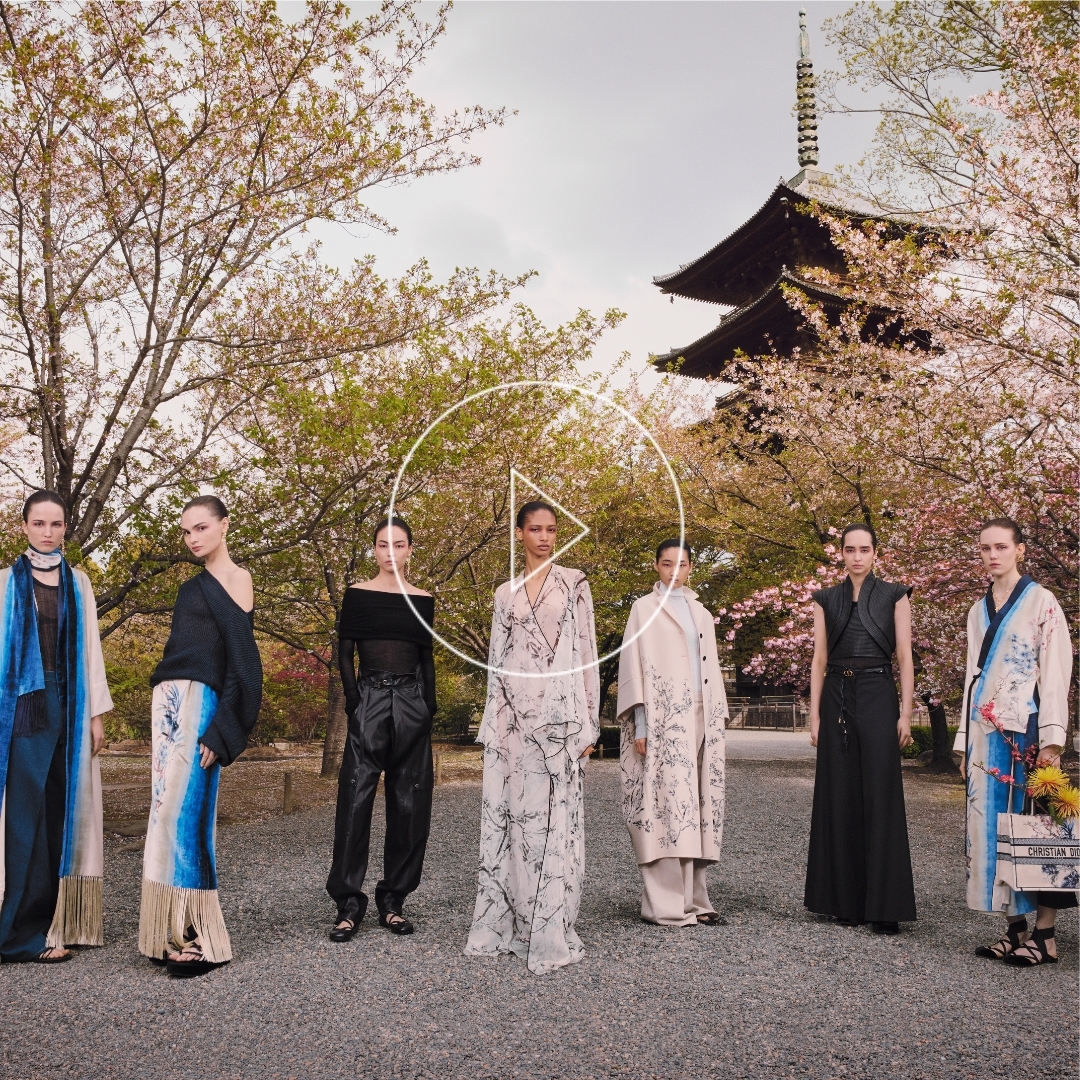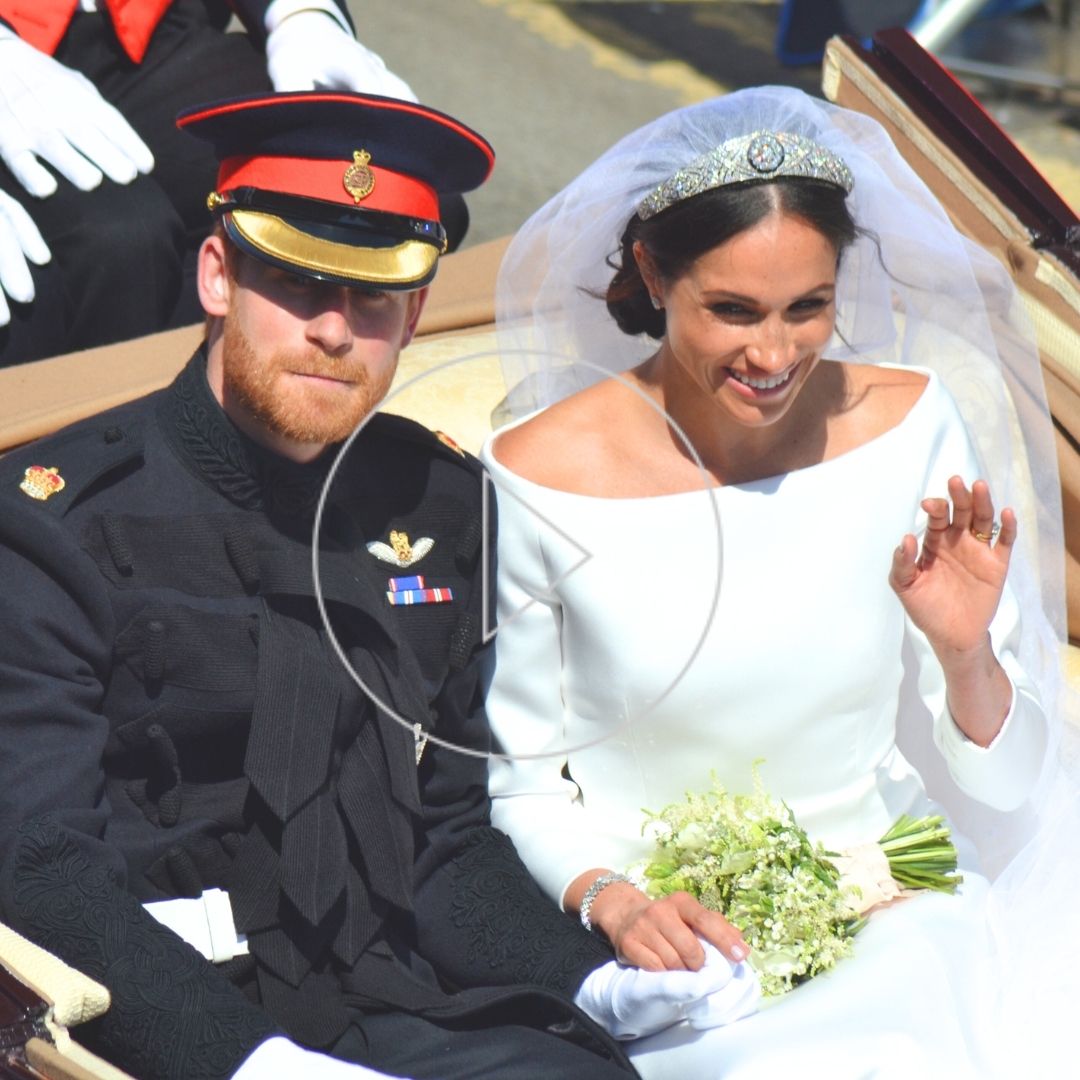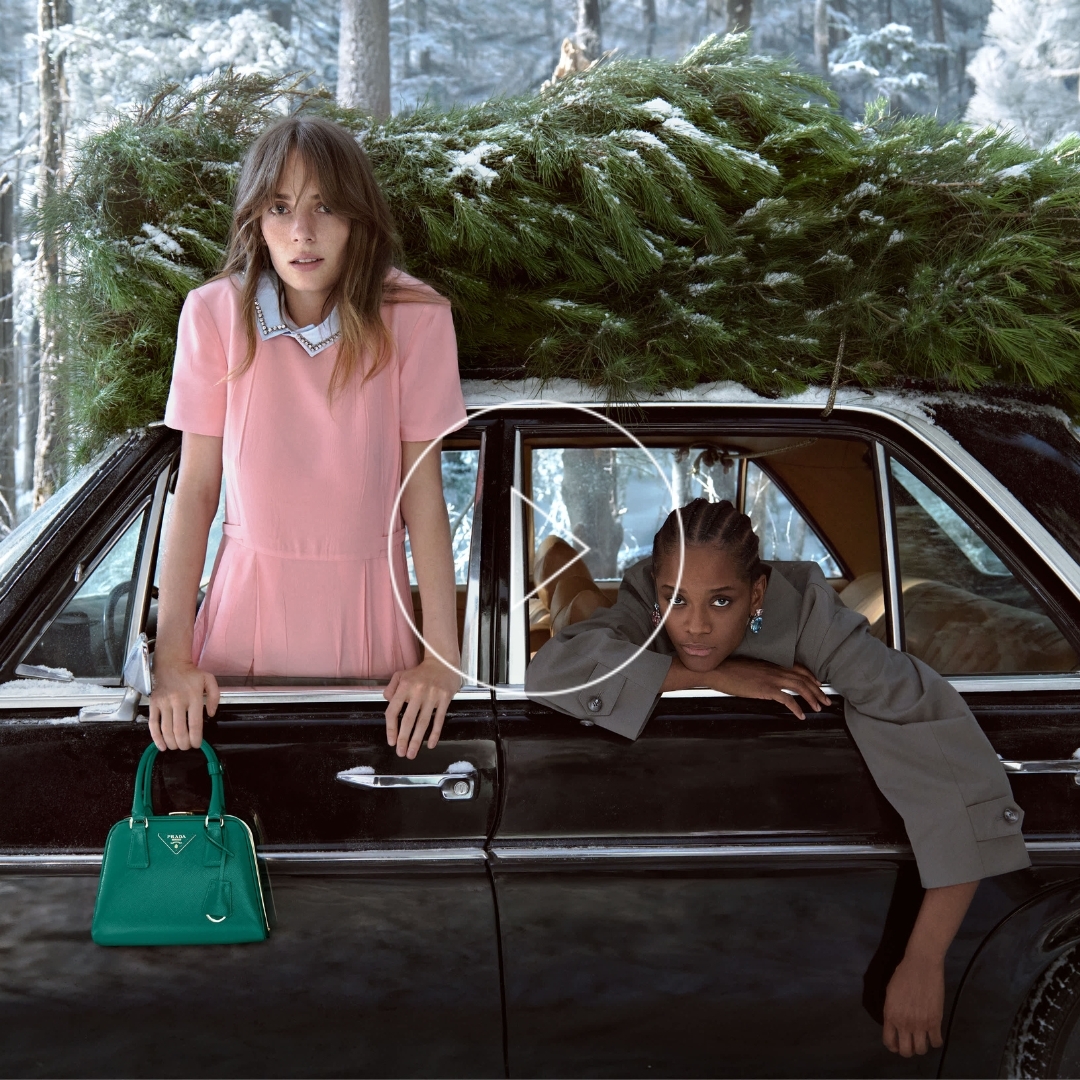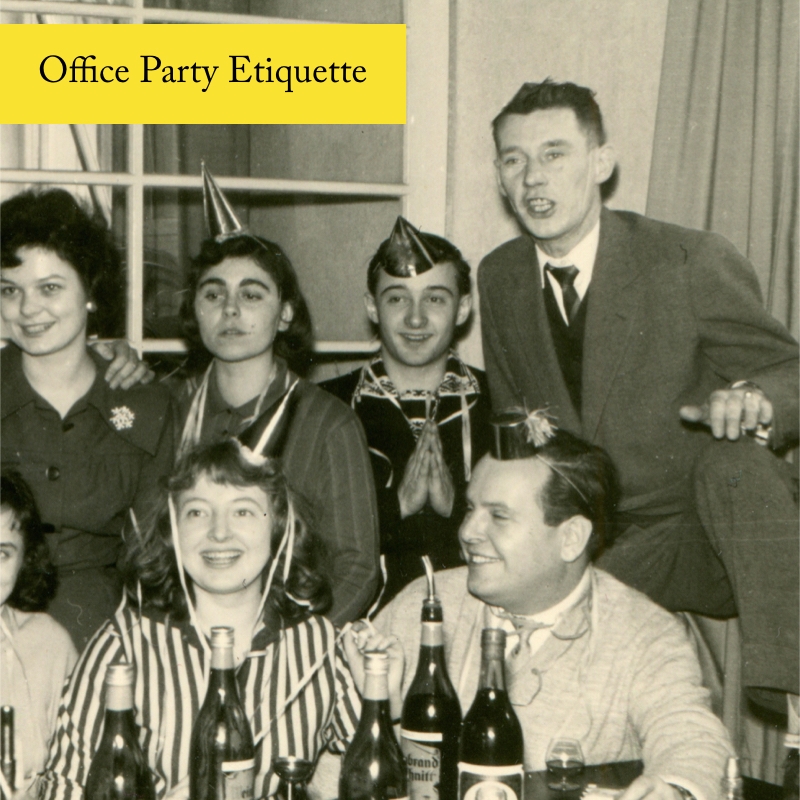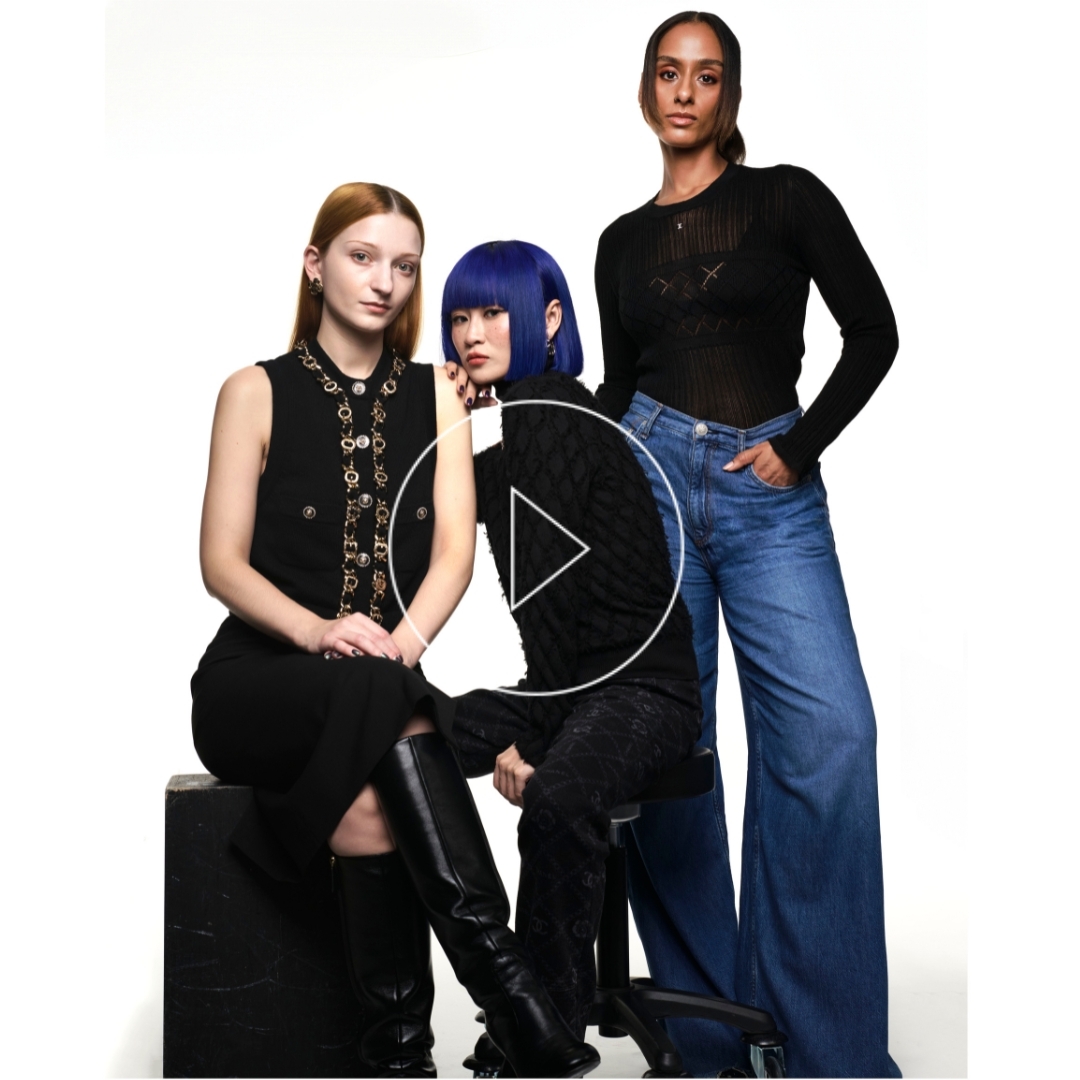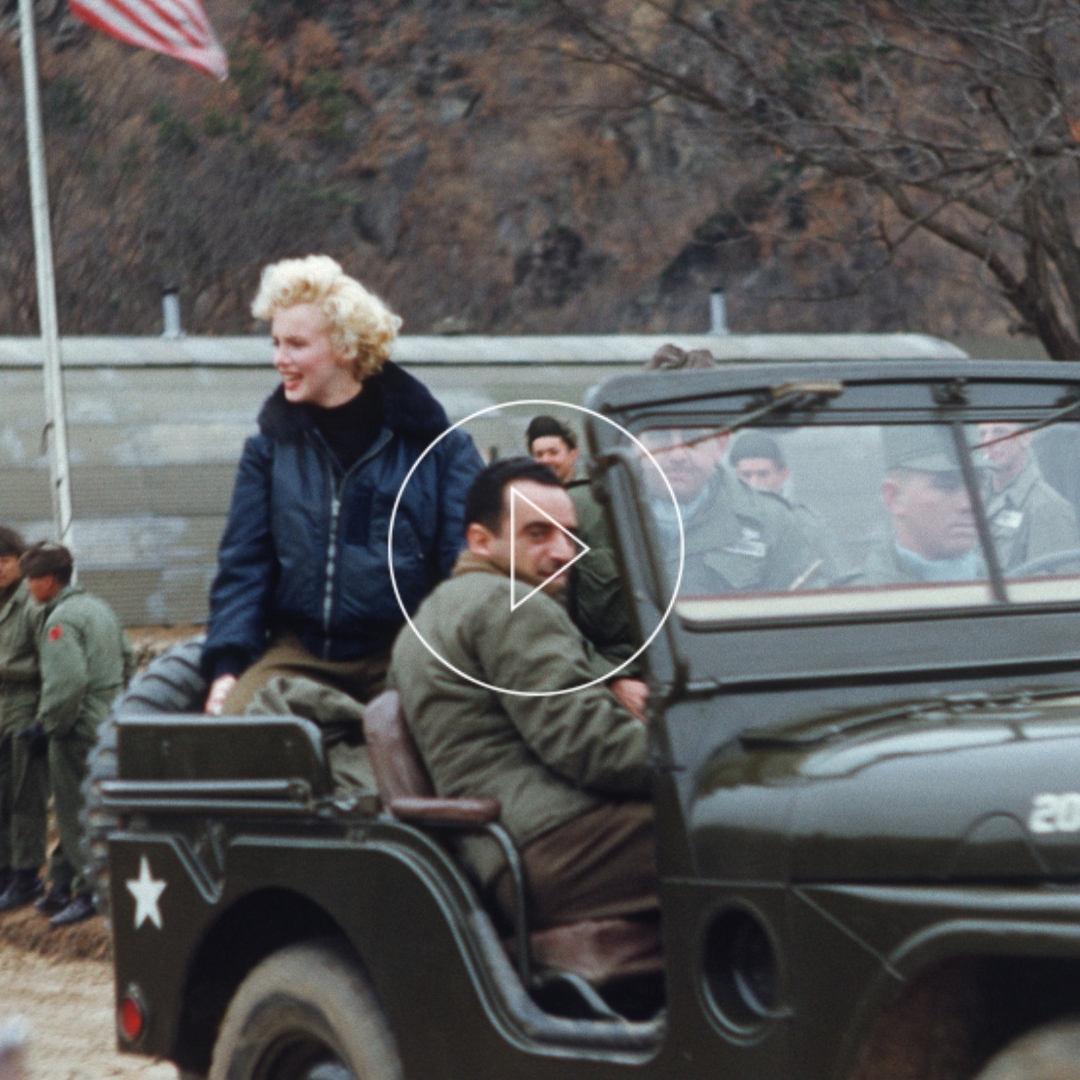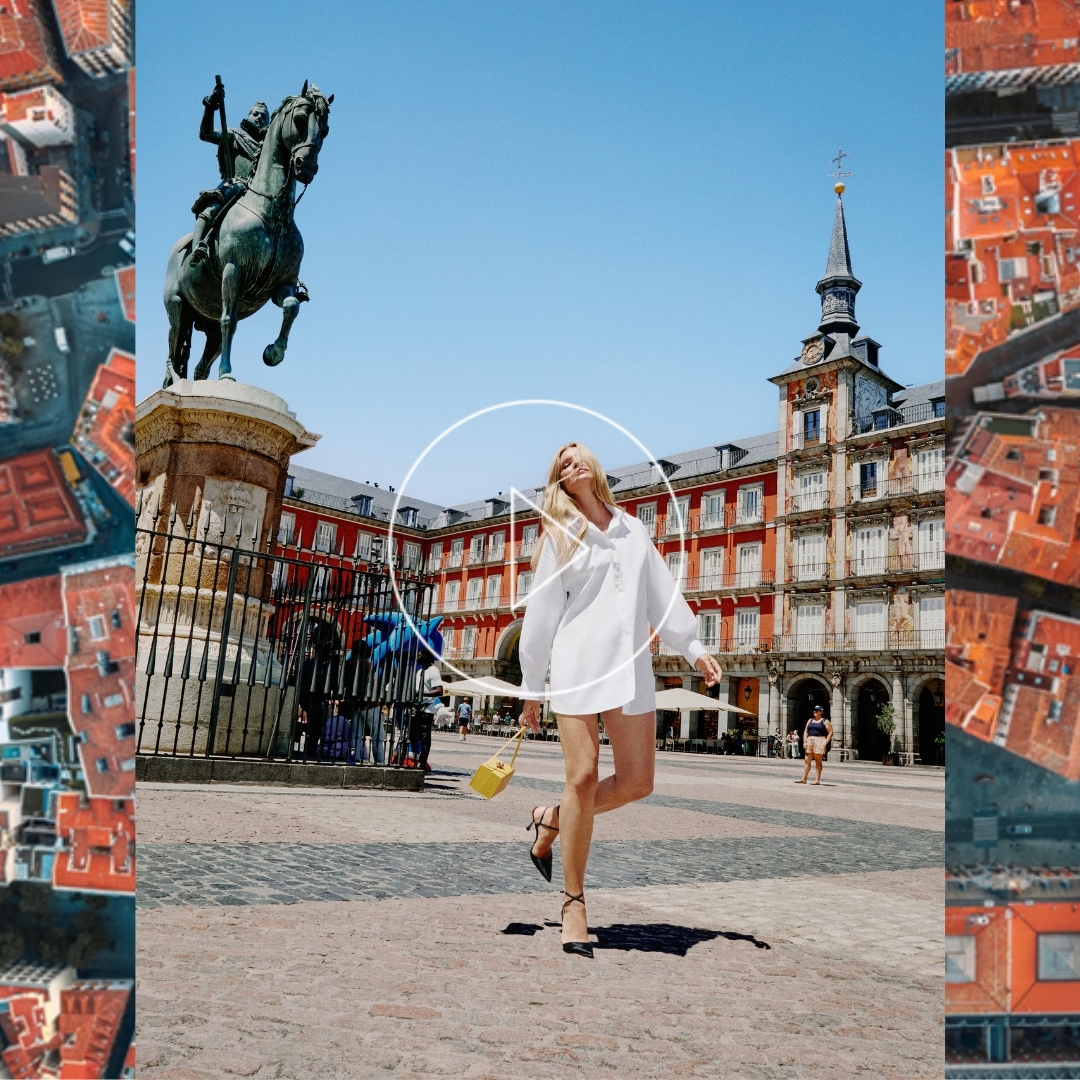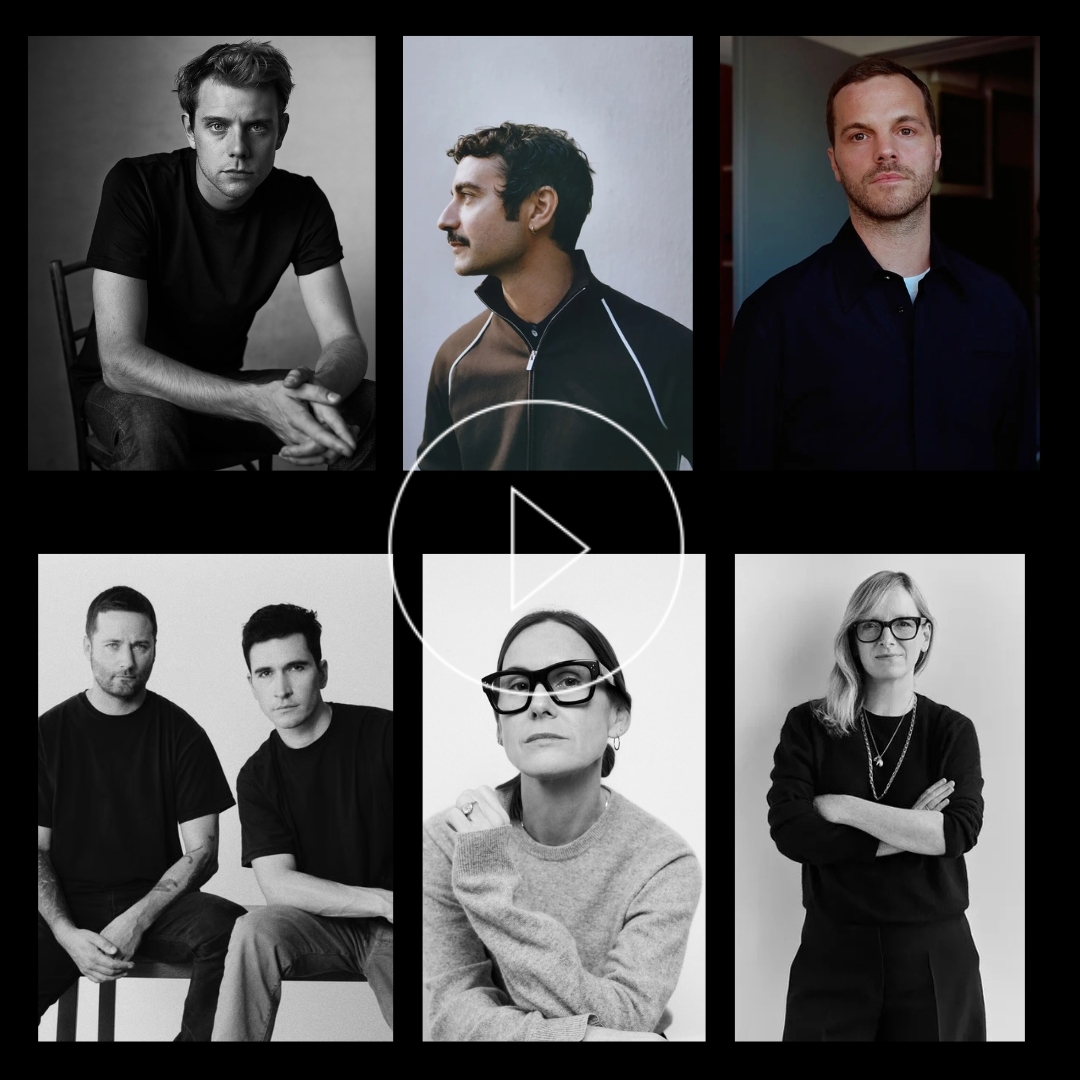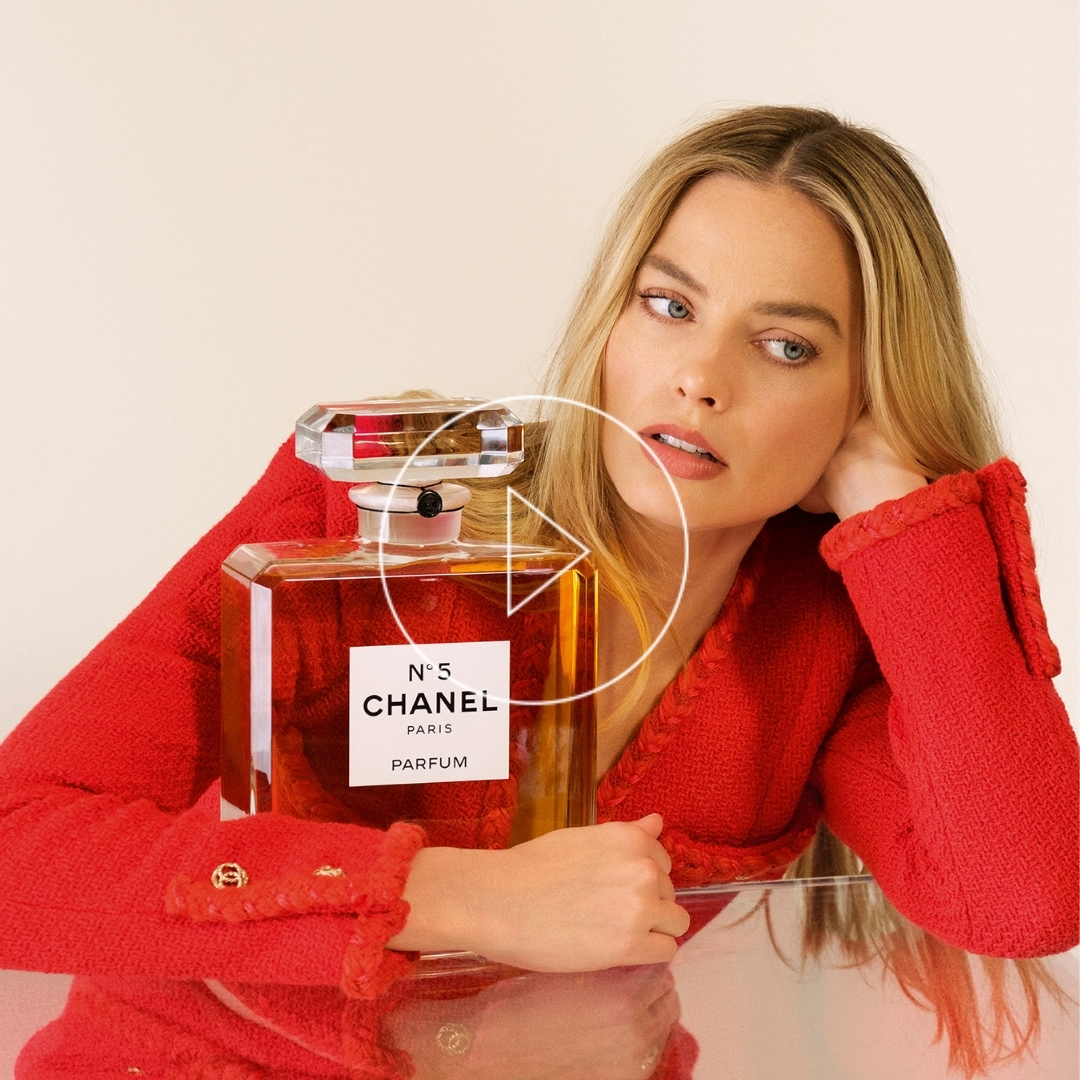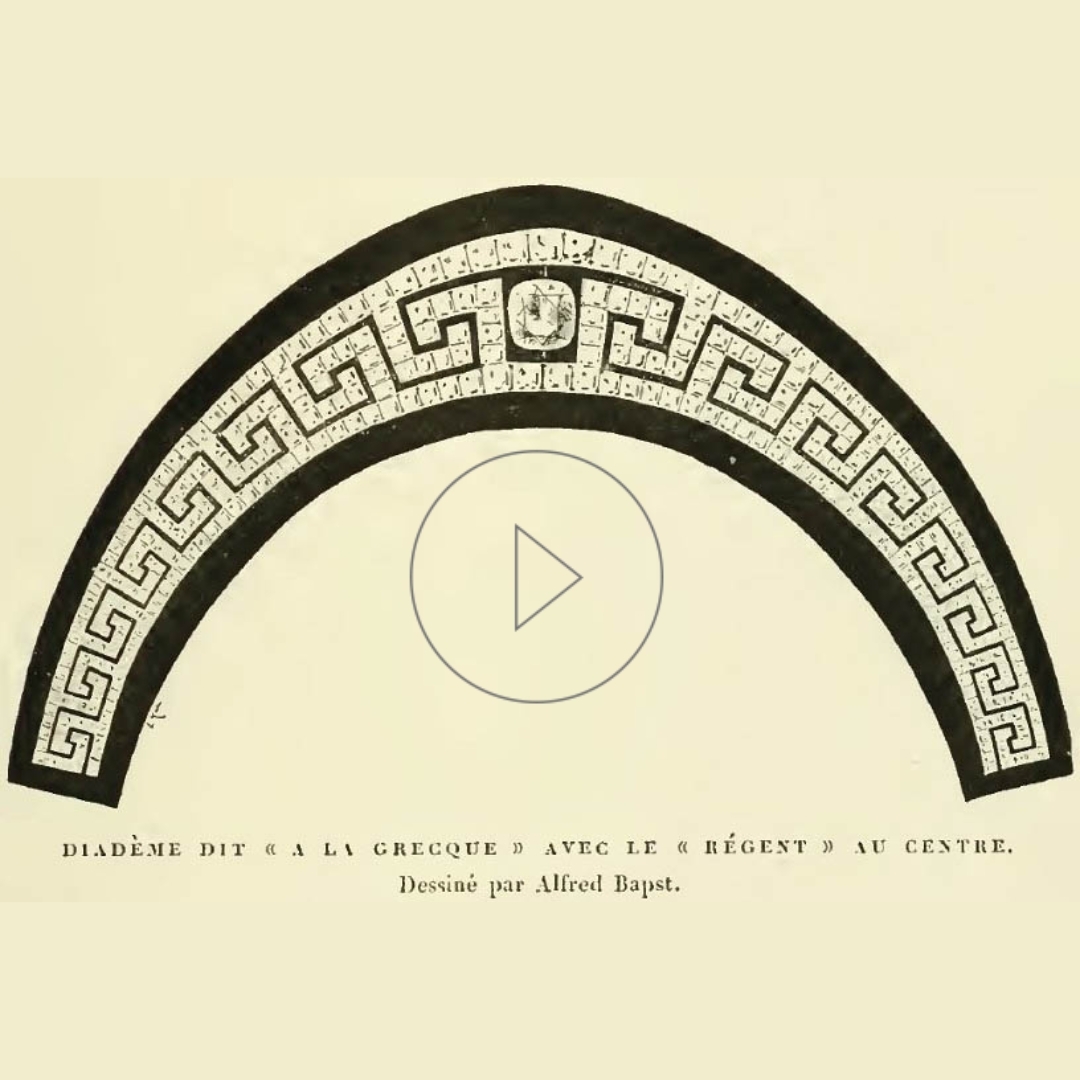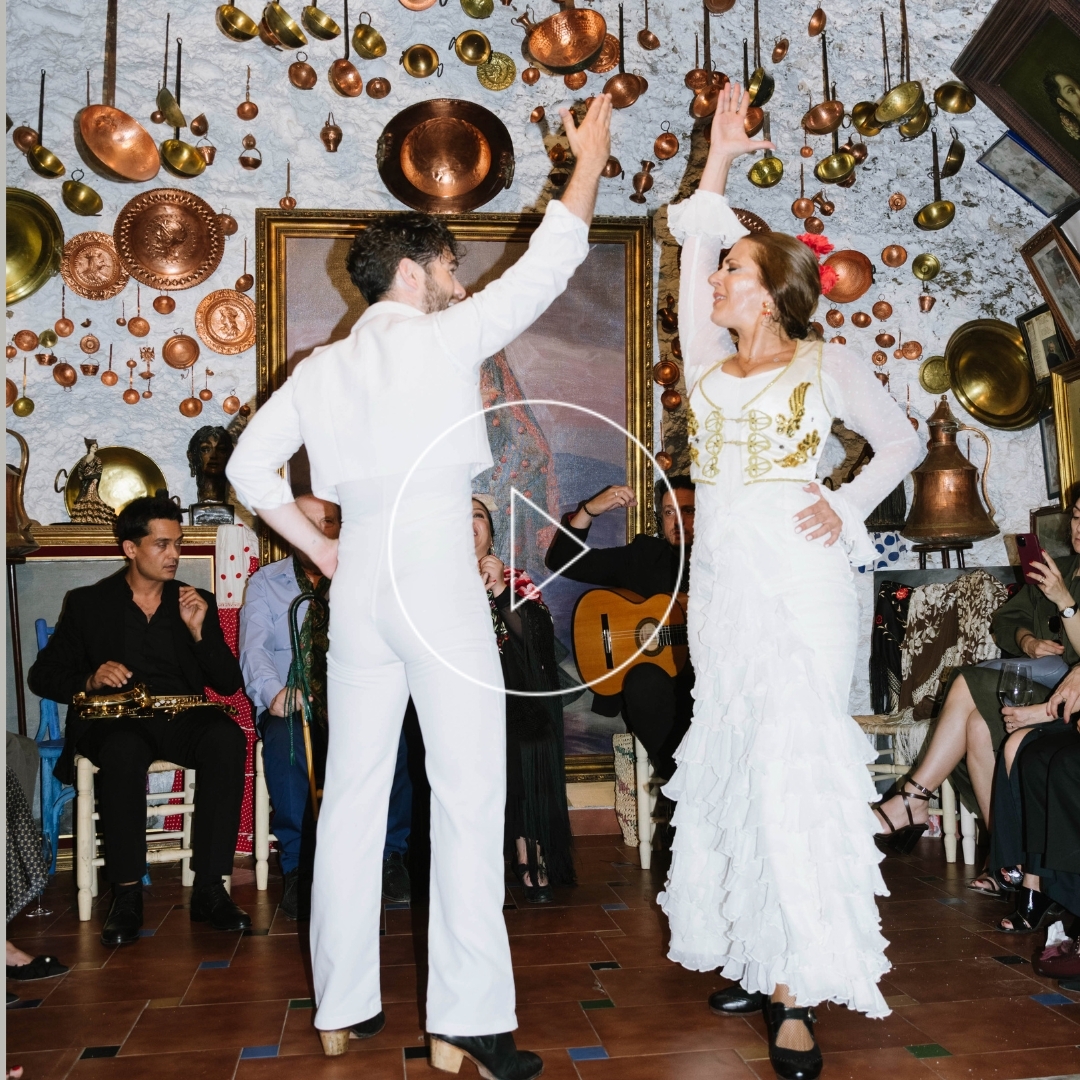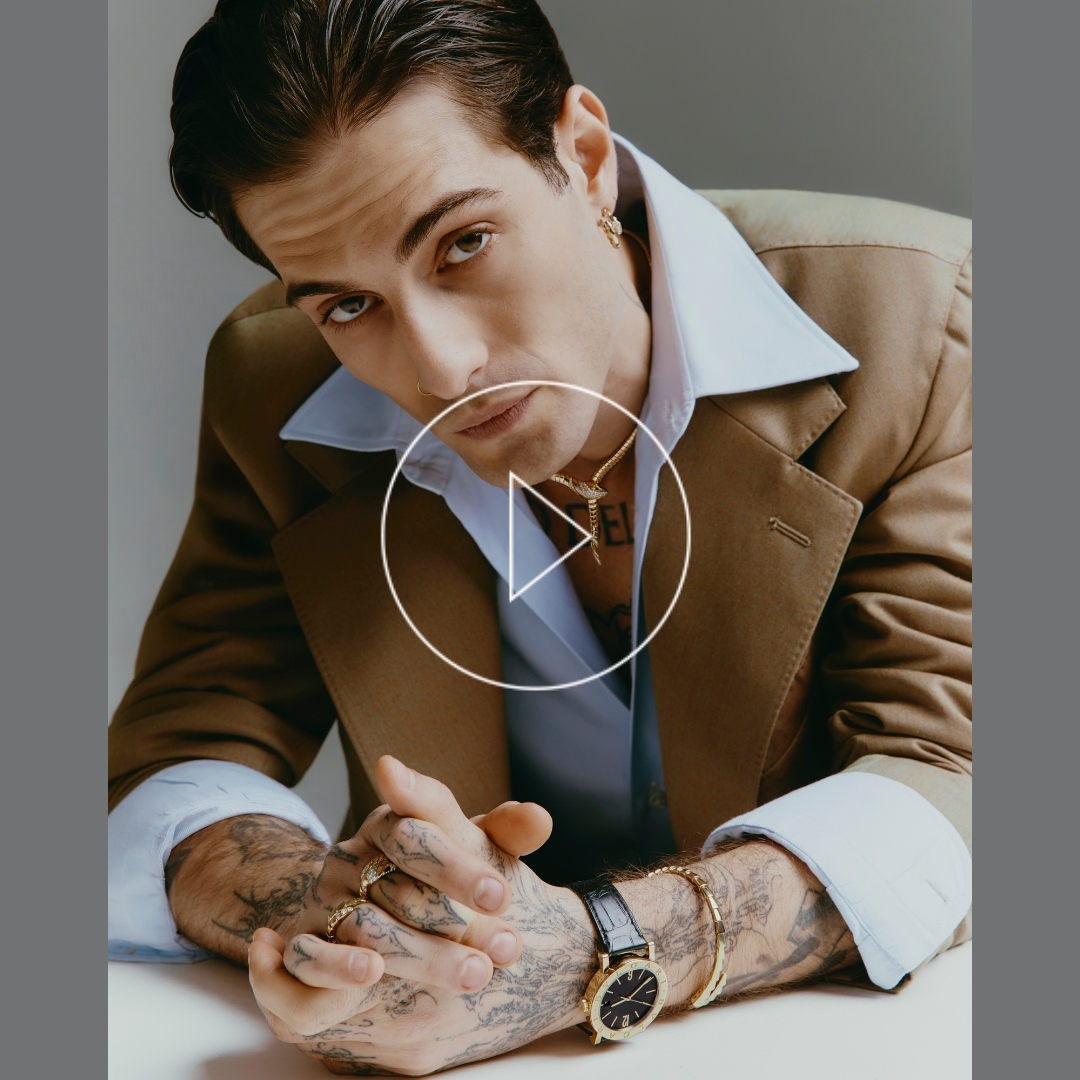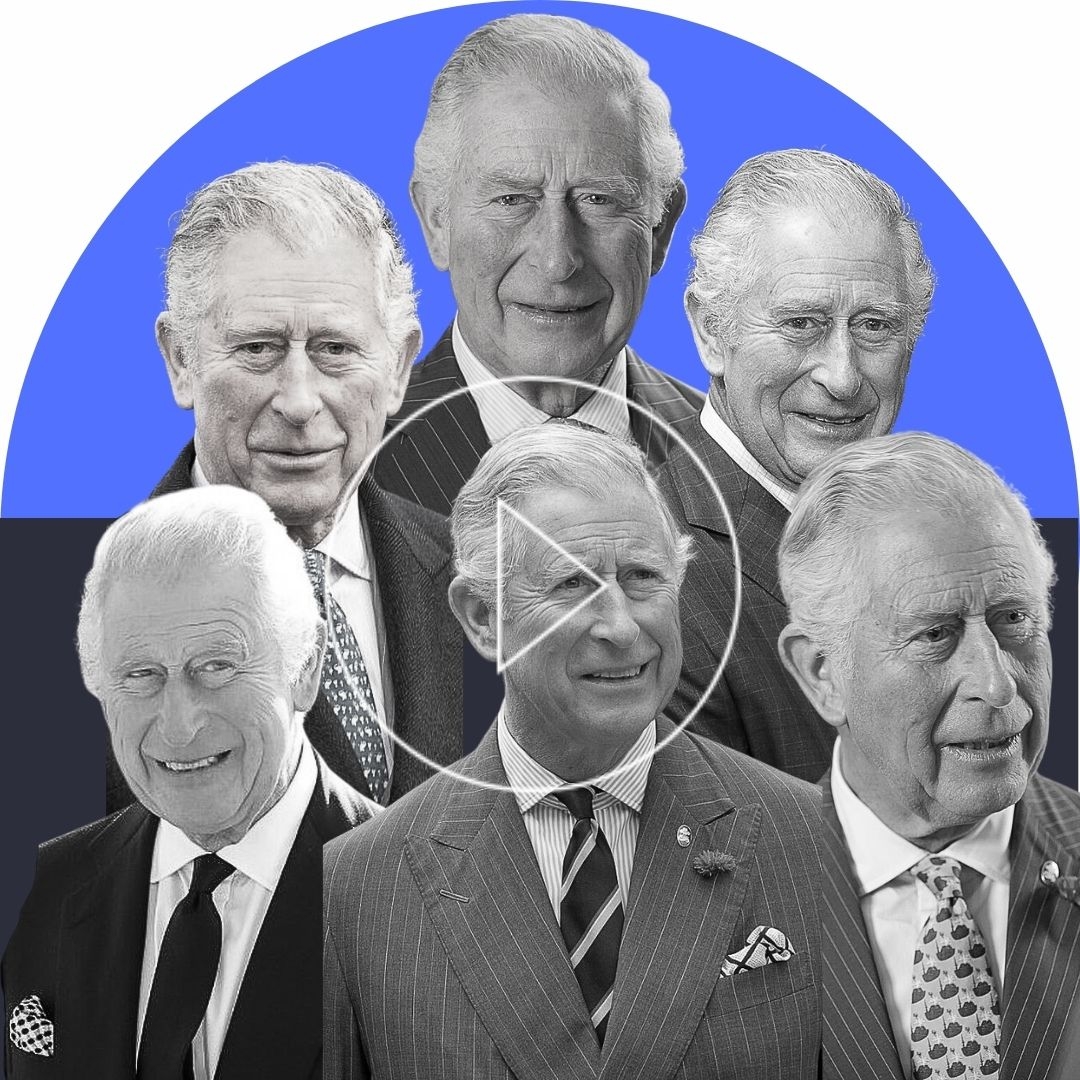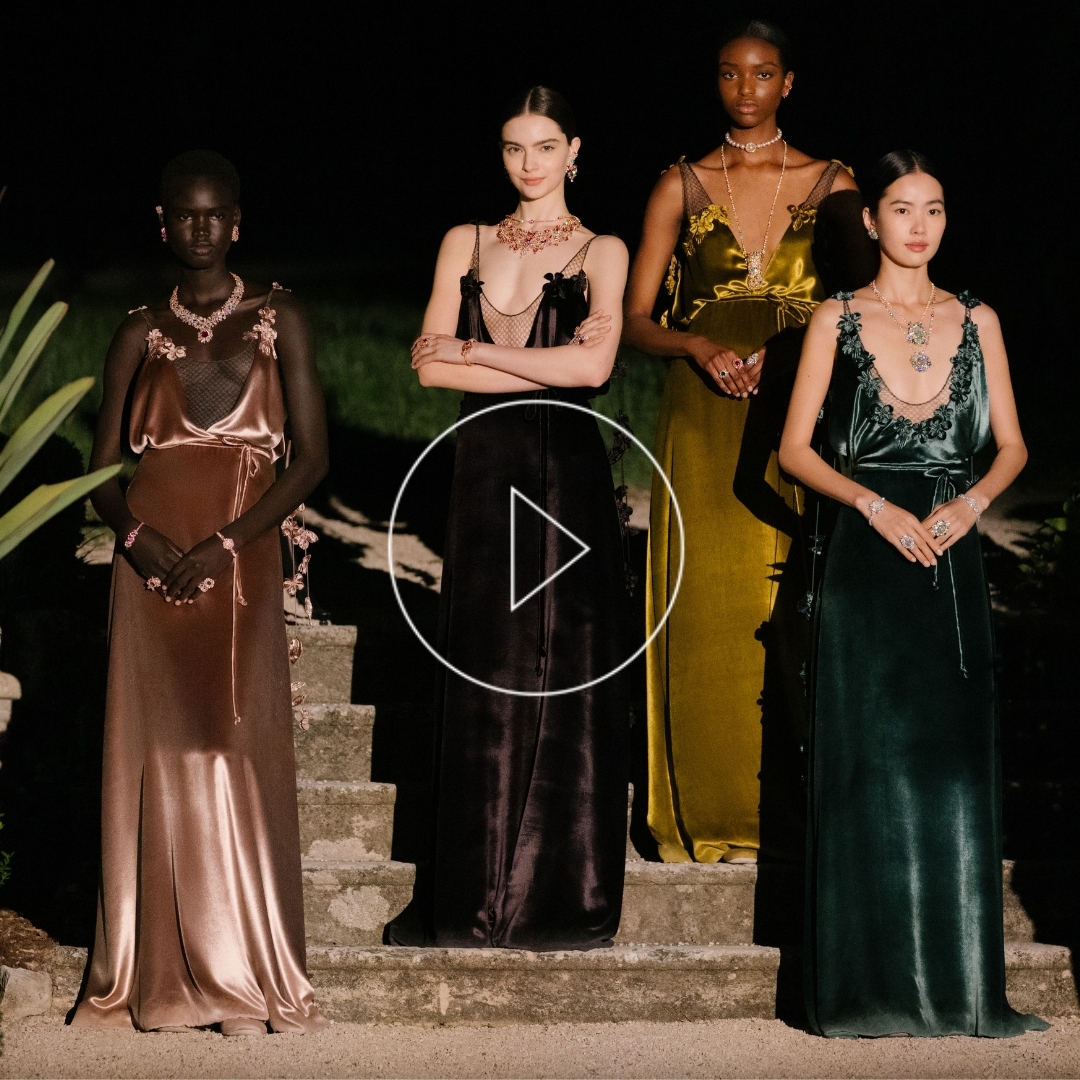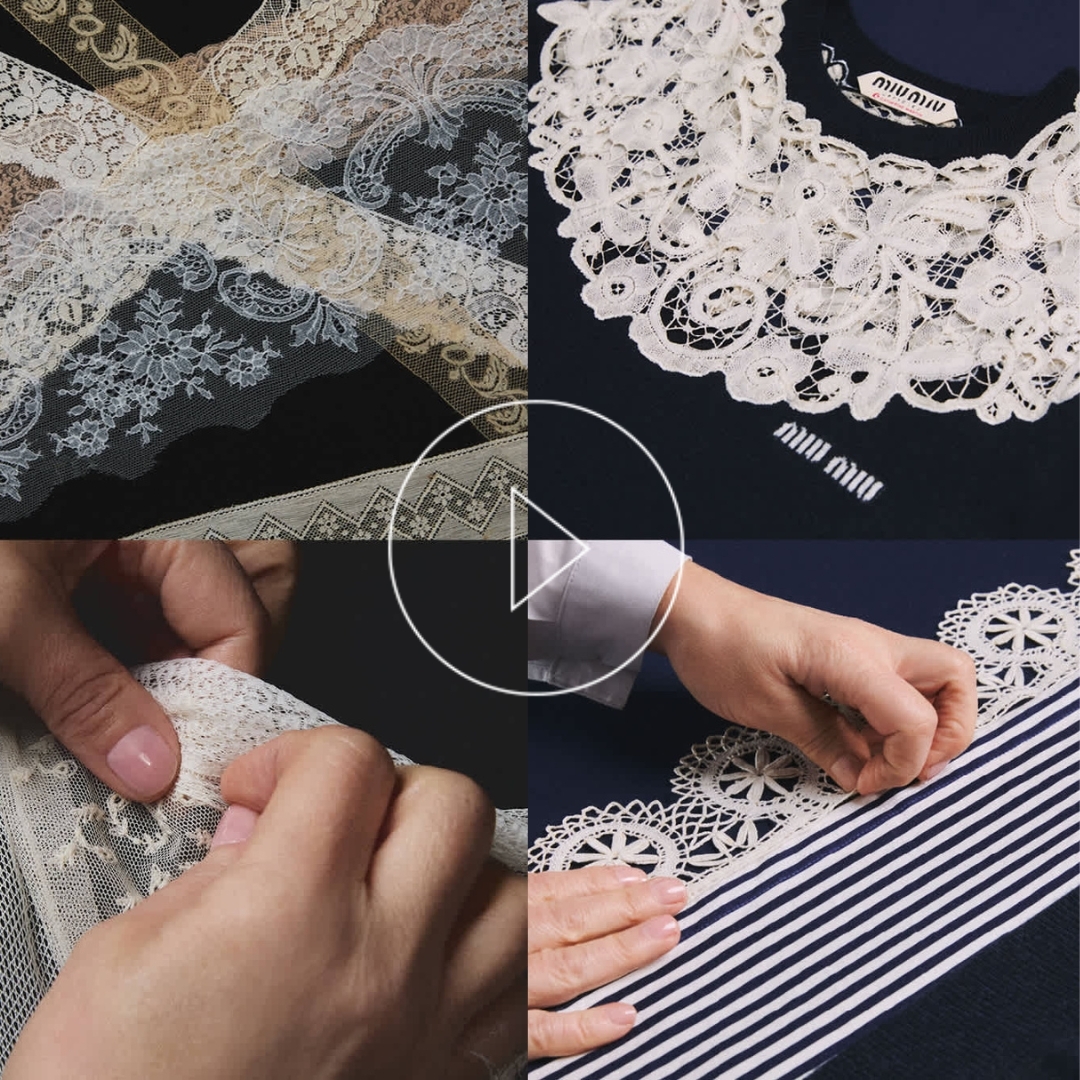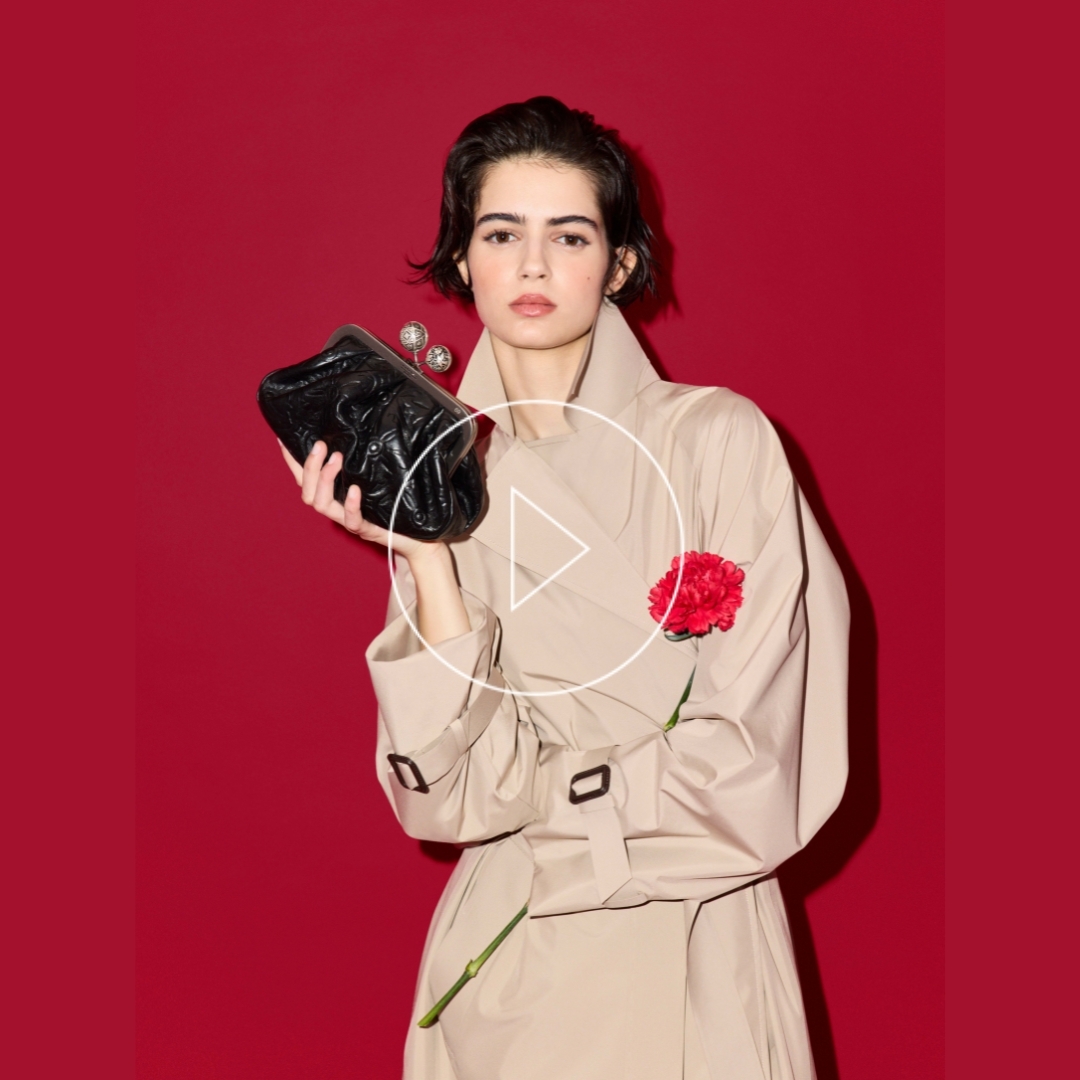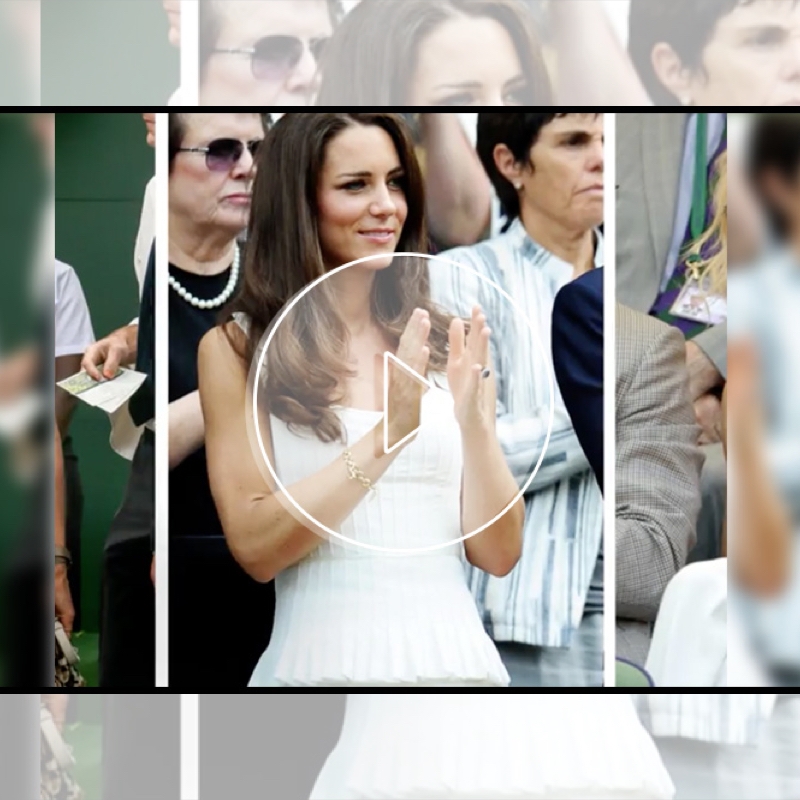Chanel SS26: When the Smile Became the Chicest Accessory
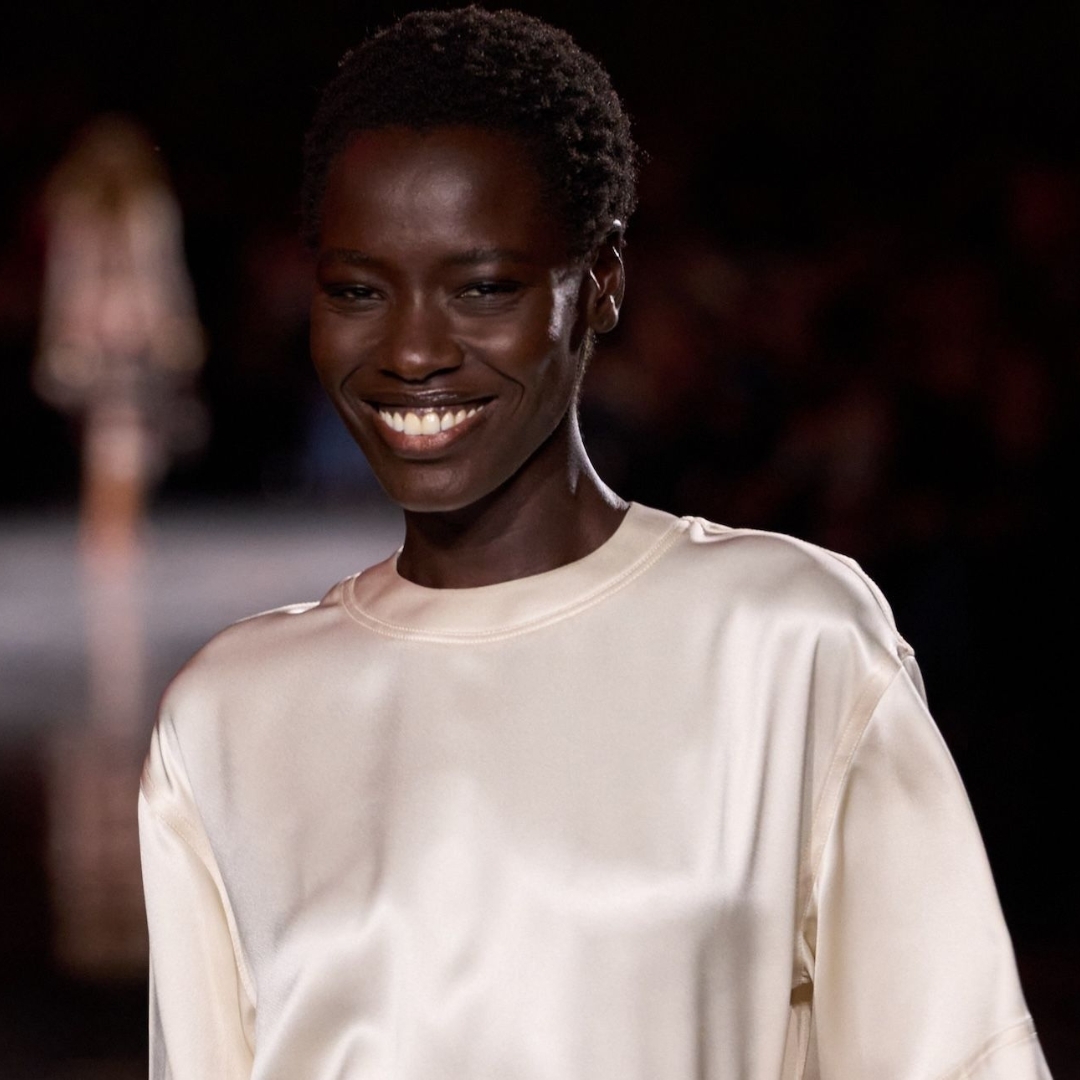
Fashion Stole My Smile — Until Chanel Brought It Back
Victoria Beckham once turned her signature poker face into a joke. Tired of hearing that she never smiled, the witty British designer appeared in public wearing a T-shirt that read “Fashion Stole My Smile.” The truth is, there’s an unspoken rule in fashion about smiling. Models don’t smile on the runway; some even look melancholic or mysteriously sad. Is smiling considered inelegant? Or worse, a sign of weakness? Either way, Chanel SS26 proved that joy and a smile are back in fashion.
The Smile Through Fashion History
- The 1950s and 1960s — When Charm Was Chic
Fashion shows were intimate, and models were expected to enchant. The audience connected with the woman wearing the dress, not just the dress itself. Smiling, feminine gestures, and subtle flirtation were part of fashion’s dream.
- The 1970s — When Feminism Met the Catwalk
With the rise of feminism and the cultural revolution, fashion redefined the image of women. The movement pushed for strength and independence, yet paradoxically, on the runway, women became mere canvases. They weren’t supposed to outshine the clothes, hence the birth of the “angry model face.”
- The 1980s — Avant-Garde and Introspection
The era of Japanese minimalism brought black into daily life. Yohji Yamamoto and Rei Kawakubo created architectural, intellectual fashion. Smiling simply didn’t match the sombre poetry of the clothes.
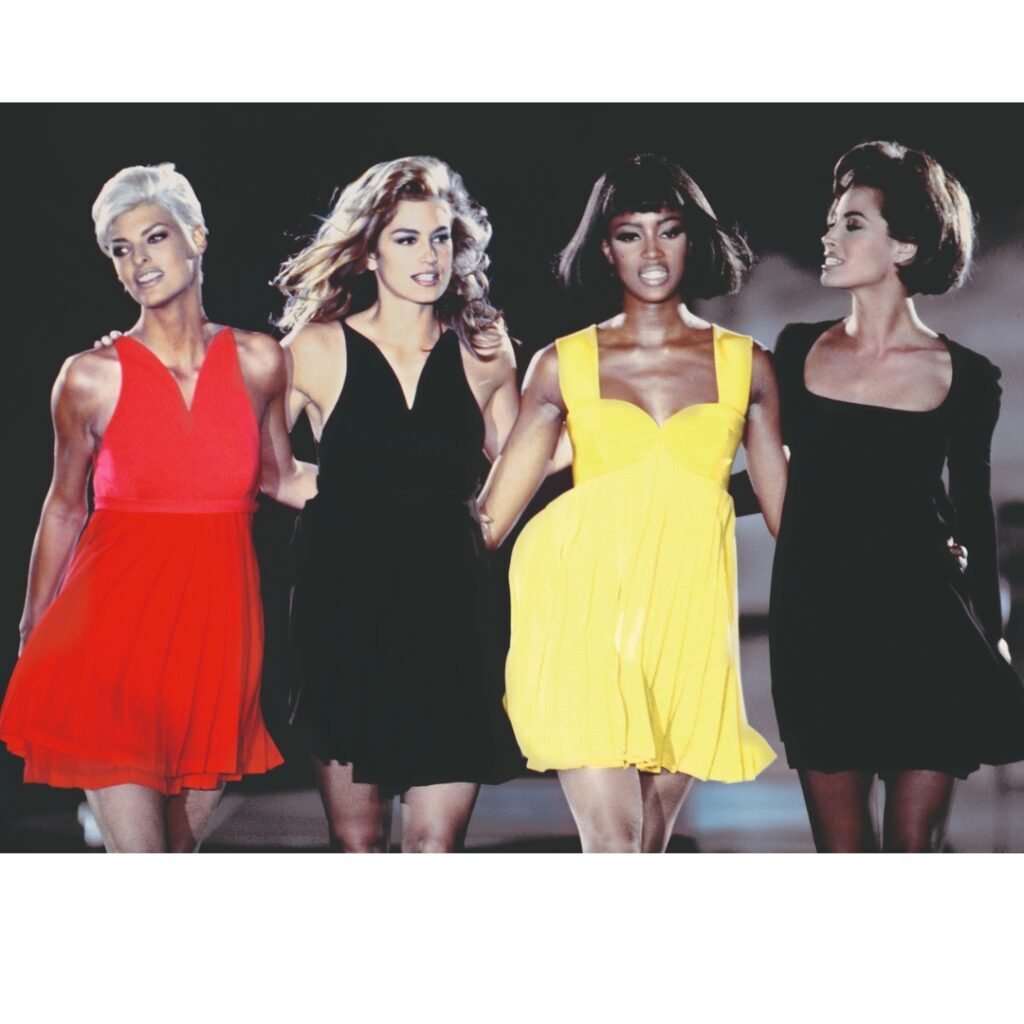
Linda Evangelista, Cindy Crawford, Naomi Campbell and Christy Turlington at Versace runway – @versace
- The 1990s — Supermodels and the Return of Joy
Naomi Campbell, Cindy Crawford, Linda Evangelista, and Christy Turlington walked hand in hand for Versace, laughing to George Michael’s Freedom! It was glamour, power, and personality; fashion rediscovered emotion.
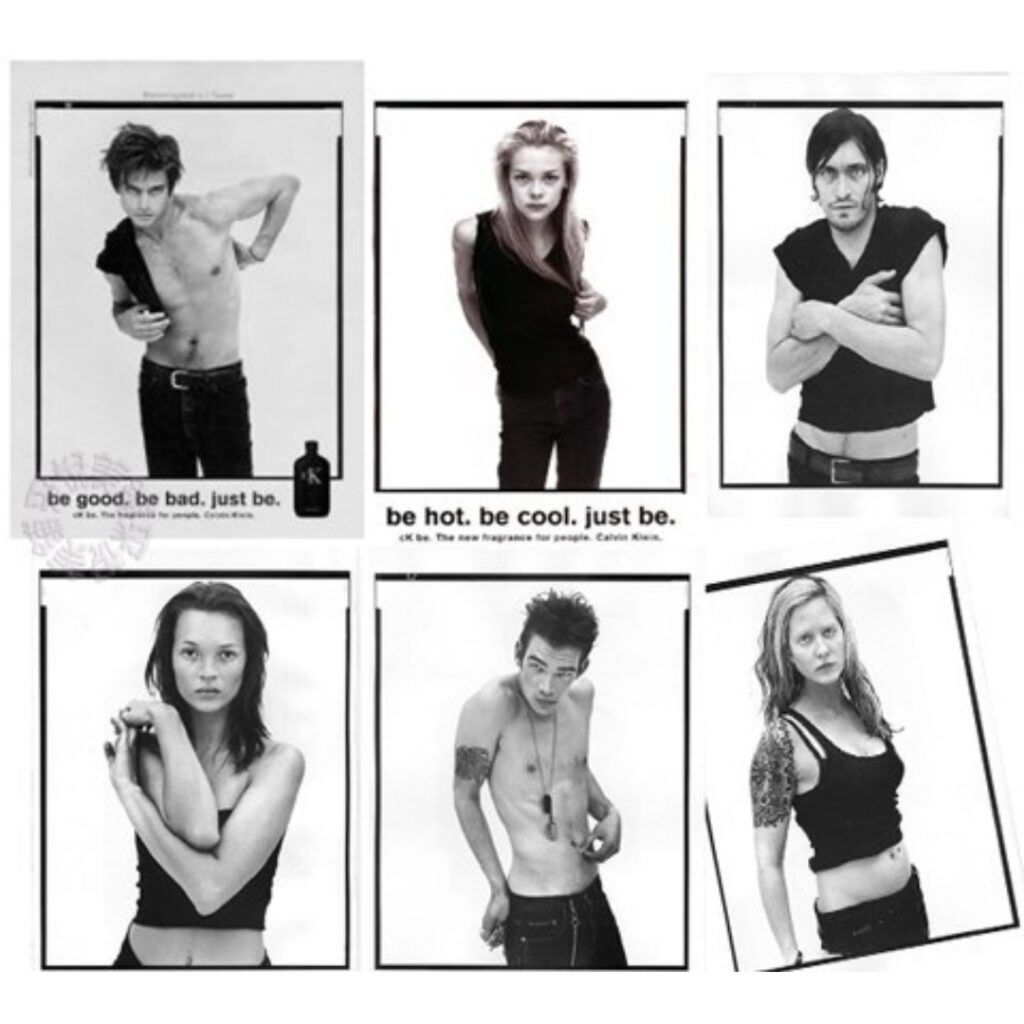
CK perfume campaign by Richard Avedon @Calvin Klein
- The 2000s and 2010s — The Heroin-Chic Hangover
Serious faces came back. Models looked frail, even ill; it was the era of extreme thinness and the heroin-chic aesthetic. Later, the 2010s saw the rise of porn-chic, championed by Carine Roitfeld and her protégé, photographer Terry Richardson, infamous for sexual harassment allegations. In such a context, there was no room, nor reason, to smile.
Chanel SS26 — When Awar Odhiang Brought Joy Back
At the end of Chanel’s SS26 show, Matthieu Blazy’s long-awaited debut as Creative Director, model Awar Odhiang broke the unspoken rule. Arms wide open, spinning with joy, she beamed a smile. After 36 years of Karl Lagerfeld and five of Virginie Viard, the moment felt cathartic.
In an interview with Brut, Awar explained that models are instructed “not to smile, chin down, eyes up.” But she couldn’t help herself; the emotion of closing such an important show overwhelmed her. That spontaneous moment became the soul of the collection.
Her smile wasn’t just joy; it was rebellion. In an era obsessed with AI perfection, emotion is the ultimate luxury. Who needs human robots when real humans can smile, connect, and celebrate teamwork? Awar’s laughter with Blazy was a reminder that sincerity is elegance, and that fashion should never forget its heartbeat.
The Healing Power of a Smile
There’s something disarming about a genuine smile; it breaks tension, softens angles, and reminds us that life, at its core, is meant to delight. Neuroscience shows that smiling, even when forced, releases dopamine, endorphins, and serotonin, our brain’s natural mood boosters. It’s a biological rebellion against stress.
Psychologists confirm that smiling can lower heart rate, reduce cortisol levels, and increase feelings of safety and connection. A smile doesn’t just light up a face; it changes the chemistry behind it. It’s an instant exchange of warmth and confidence; contagious, human, and, frankly, more rejuvenating than any serum or caffeine shot.
In the end, Chanel SS26 reminded us that joy is the new couture, and the smile, its most timeless accessory.
SHARE

